Welcome to the ultimate family-friendly watercraft showdown!
In this comprehensive guide, we’ll compare stand-up paddleboards (SUPs) and electric kickboards side by side.
Both are awesome ways to have fun in the water, but which one is better for your family’s needs?
We’ll break down everything from recreation and fitness benefits to safety, portability, ease of use, and price.
What Is a Paddleboard?
A paddleboard, or stand-up paddleboard (SUP), is a large, stable board you stand, kneel, or sit on while using a paddle to move across the water.
The most family-friendly type is the inflatable SUP—easy to carry, inflate, and store.
Most boards are 10–12 feet long, with a nonslip deck and fins for stability.
Designed for calm water like lakes, slow rivers, and coastal areas, SUPs are great for all ages.
Kids can ride with parents or paddle on their own. Families use them for casual rides, races, or even yoga on the water.
Key characteristics of paddleboards:
-
Size & Shape: Long and wide for stability (beginner boards are often ~32 inches wide or more). Inflatable models pack into a backpack when deflated.
-
Propulsion: Human-powered with a paddle – a great core workout and full-body exercise.
-
Capacity: High weight capacity – many boards can hold 250 lbs or more, with some large family boards able to support multiple riders.
-
Environment: Best on calm water; suitable for lakes, ponds, gentle rivers, and calm seas (away from big waves).
Recommended: DIY Guide: Upgrading Your SUP with an Electric Motor
What Is an Electric Kickboard?
An electric kickboard is a powered upgrade to the classic swim kickboard.
It’s a small, battery-operated device with built-in propellers that pulls you through the water while you hold on or lie across it.
Designed for pools and calm beach areas, it’s perfect for family fun and swim training.
The Asiwo MAKO is a popular model—it goes up to 3.3 mph and runs up to an hour per charge. It’s buoyant, self-floating, and includes safety features like enclosed propellers and auto shut-off.
Unlike paddleboards, you don’t stand on it. You grip it with your hands or chest and let it pull you along.
Kids often call it a “water scooter,” and it’s a fun, confidence-boosting way to get them excited about swimming.
Key characteristics of electric kickboards:
-
Size & Weight: Generally small and lightweight (around 5–7 lbs). Easy for kids to carry and for parents to toss in the car.
-
Propulsion: Battery-powered motor with propeller. Typically has multiple speed settings (e.g. slow for beginners, fast for a thrill).
-
Capacity: Usually supports children and adults up to a certain weight (e.g. ~265 lbs for the Asiwo MAKO, ~220 lbs for the Sublue Swii).
-
Environment: Great for swimming pools and calm shallow waters (lakes, beach shallows). Not intended for big waves or long-distance cruising – more of a close-range fun device.
Now that we know what each is, let’s compare paddleboards vs. electric kickboards across the factors that matter most to families: recreation and fun, fitness benefits, water safety, portability, ease of use, and price.

Recreation and Fun Factor
When it comes to pure recreation and fun, both paddleboards and electric kickboards shine in different ways:
Paddleboards
SUPs turn a day at the lake into an adventure. Families can explore coves, spot wildlife, or enjoy floating picnics. Kids love the freedom to stand, sit, jump, or even play games on the board—races, balance contests, or imaginative play like “pirate ship.” One board can hold a parent and child, making it a shared experience. Calm paddling is peaceful and bonding; playful paddling is full of laughs and splashes.
Electric Kickboards
Electric kickboards deliver instant excitement. Just press a button and zoom! Kids race, dive, tow floaties, and stay engaged in the pool. They're a hit at pool parties and make swimming more fun for kids who usually get bored. The Asiwo MAKO adds extra thrill with three speeds and easy controls. In calm beach water, kids feel like mini jet-skiers—safe but fast. Parents can join in too, making it a crowd-pleaser.
Which Is More Fun?It depends. Paddleboards are perfect for creative play, group bonding, and outdoor exploration. Kickboards bring tech-driven, fast-paced fun—great for pools or beach trips. For full variety, many families enjoy owning both. Either way, it’s all smiles and splash-filled memories.
Fitness and Health Benefits
Fun is important, but what about the fitness benefits? Here, paddleboards and electric kickboards differ quite a bit in how they engage the body:
Paddleboards (SUPs)
Paddleboarding is a full-body workout disguised as fun. It works your arms, shoulders, back, legs, and core—all while improving balance and coordination. It’s low-impact, making it great for all ages. Kids build strength without even noticing, and parents can burn serious calories while spending time outdoors. Many families also use SUPs for yoga or cardio paddling. It's exercise that feels like play.
Electric Kickboards
Electric kickboards like the Asiwo MAKO focus more on fun and swim skill-building than fitness. Since the motor does the work, physical effort is minimal—but they still keep kids moving. They help build water confidence and can be used as training aids. Turn the motor off, and it becomes a regular kickboard for kicking practice. While not a workout tool, it’s great for encouraging light, playful activity—especially for young swimmers or adults with limited mobility.
Paddleboards offer real fitness benefits for the whole family. Electric kickboards keep kids engaged and active in a different way. For balance, use paddleboards for active days and kickboards for relaxed pool play. Both get kids moving and away from screens—a win for health.
Water Safety Considerations
Safety is paramount when kids and water mix. Both paddleboards and electric kickboards can be enjoyed safely by families, but there are different considerations for each:
Paddleboards
Paddleboarding is very safe with basic precautions. Everyone—especially kids—should wear a life jacket, even if they can swim. Use a leash so the board doesn’t drift if someone falls off. Stick to calm, shallow water, and supervise closely. For young kids or beginners, start in a lake or large pool. Teach safe falling techniques and keep early sessions short and fun. Don’t forget sunscreen and sun protection.
Electric Kickboards
Electric kickboards like the Asiwo MAKO are built with safety features: auto shut-off, enclosed propellers, and buoyant design. They’re best for kids 6+ who are confident swimmers. Supervise at all times—set boundaries in open water and avoid rough play in pools. One rider per board. Rinse after saltwater use and check the battery before each session. These devices are safe when used properly, but adult oversight is essential.
Both options are safe for kids with life jackets, calm water, and active supervision. Start in controlled environments and build confidence gradually. With a little care, both deliver safe, memorable fun.
Portability and Convenience
How easy is it to lug these things around and store them? Let’s compare portability:
Paddleboards
Traditional hard SUPs are bulky—10–12 ft long and 20–30+ lbs—requiring roof racks and garage storage. Inflatable paddleboards are much more family-friendly. They deflate into a suitcase-sized backpack (about 20–25 lbs with accessories) and fit easily in a car trunk. Setup takes 5–10 minutes with a manual or electric pump. Ideal for apartments or travel, they pack small and carry enough gear for family outings thanks to deck bungees. Though larger than kickboards, inflatable SUPs are very manageable and great for group adventures.
Electric Kickboards
Electric kickboards are ultra-portable. Most weigh under 8 lbs—like the Asiwo MAKO, which is just 5.7 lbs and about 2 ft long. They fit in any trunk or large beach bag, and some can even go on planes (battery under 100 Wh; check airline rules). Storage is simple: a shelf, pool shed, or closet. Just charge before use (3–4 hours for the MAKO), and optionally pack a spare battery. These boards don’t carry gear, but since they’re used for short, fun sessions, it’s rarely an issue.
Electric kickboards win for portability—light, compact, zero setup. Inflatable paddleboards take more effort but offer greater capacity and flexibility on the water. Many families use both: SUPs for adventure, kickboards for quick pool or beach fun.
Ease of Use and Learning Curve
For families with kids, how easy is it to get started with a paddleboard vs an electric kickboard?
Paddleboards (SUPs)
Paddleboarding is beginner-friendly and easy to learn. Most people—kids and adults—can balance and paddle within 15–30 minutes. Younger children often start by sitting while an adult paddles. As they gain confidence, they can try kneeling or standing. A stable, wide board makes learning easier. Kids under 5 usually can’t paddle on their own, but around age 6, they can start practicing. SUPs are forgiving and flexible—kids can sit, play, or snack mid-ride, and falling in the water is part of the fun. Just start in calm water and always use a leash and life jacket.
Electric Kickboards
Electric kickboards like the Asiwo MAKO are extremely easy to use. Kids press two buttons to go, and let go to stop. No balance is needed—they lie on the board and steer by shifting their body. Within minutes, most kids are zipping around. Steering and underwater use take a bit of practice but are intuitive. These boards float on their own, boosting confidence. Just teach basic safety (don’t aim at others, how to stop). For kids comfortable in water, the learning curve is nearly zero. Adults can use them instantly too.
Electric kickboards are easier for instant fun—just press and go. Paddleboards take a little more practice but offer lasting skills and a physical challenge. Both are beginner-friendly, and most families can enjoy both in a single day: paddle first, then relax with a kickboard session.
Pros and Cons of Paddleboards
Paddleboards (Stand-Up Paddleboards) – Pros:
-
Fun & Versatile: Great for a variety of activities – cruising, exploring nature, racing, yoga, fishing, or just lounging in the sun. Provides endless opportunities for family bonding and creative play (kids love inventing games on a SUP).
-
Fitness Benefits: Provides an excellent full-body workout (core, balance, strength, cardio) while still being enjoyable. It gets everyone active and improves kids’ balance and confidence in the water.
-
Multi-Person Friendly: Many boards can hold an adult and a child together, or even multiple kids. You can paddle with a small child sitting in front of you, making it a shared experience.
-
Large and Stable: A good beginner/family SUP is very stable, meaning even newbies can get the hang of it. The large platform is also great for kids – they can lie down or move around without immediately falling off.
-
No Fuel or Battery: It’s human-powered – so no charging needed, no battery to maintain, and it’s completely silent and eco-friendly. As long as you have energy to paddle, the fun doesn’t have to end.
-
Longevity: A quality paddleboard can last many years. There are no electronic parts to worry about, and inflatable SUPs are quite durable with proper care. You can also use it anywhere there’s water – very flexible.
-
Therapeutic & Educational: Being on a paddleboard in nature can be calming and therapeutic. It also teaches kids about water sports, navigation (they learn about currents/wind), and respect for nature/water safety.
-
Easy Maintenance: Rinse it after use, dry it before storage – that’s about it. Inflatable SUPs might need an occasional top-up of air if stored long term. Repairs (for inflatables) are rare and usually minor (patch kits handle small punctures).
Paddleboards – Cons:
-
Size & Bulk (Transport): Even inflatable boards, when packed, weigh 20+ lbs and are a big backpack to carry. Rigid boards are large and need roof racks or big vehicles. So they’re not as grab-and-go as smaller water toys.
-
Setup Time: Inflatable SUPs require inflation before use (5–10 minutes with a manual pump) and deflation/rolling after. This adds a bit of effort and time to each outing. (Electric pumps can help but that’s extra gear and cost.)
-
Balance Required: There is a learning curve to stand and paddle without falling. Very young kids might struggle to paddle on their own standing up. Some people (especially those with poor balance or mobility issues) might find it challenging to use a SUP, at least initially.
-
Water Conditions Limited: Paddleboards are best in calm water. Windy conditions or choppy waters can make paddling difficult and even unsafe for kids. You have to choose your location and day wisely. They’re not ideal in strong currents or rough surf for family outings.
-
Cost for Multiple Setups: If the whole family wants to paddle together, you might need multiple boards, which can be expensive and also a lot to store/transport. While one board can be shared, it’s hard to have, say, 4 people all actively paddling on one standard SUP (though giant multi-person SUPs exist, they’re novelty items).
-
Physical Effort: While it’s a pro for fitness, it can be a con for those days you just want to relax. Paddling can tire you out, and kids might not paddle back if they get too tired (meaning parent-tow to the rescue). If someone isn’t in the mood for exercise, a SUP will literally go nowhere without effort.
-
Risk of Falls/Splashes: Part of the game, but yes, you will likely get wet and fall in occasionally. For kids who are very averse to water in the face or non-swimmers, this could be scary (though with life jackets and a calm intro, most get over it). Gear like glasses or hats can fall off if not secured.
-
Storage Space: If you don’t get an inflatable, a big hard board is a storage challenge. Even inflatables, you need to dry them out before storing long term to prevent mildew, which might mean laying it out at home to air dry.
Pros and Cons of Electric Kickboards
Electric Kickboards – Pros:
-
Ease of Use: Extremely easy for kids and adults to use. Just hold on and press a button to zoom off – minimal learning curve, no advanced skills required. Even young children (with supervision) can operate it and feel a sense of accomplishment controlling their ride.
-
High Fun Factor: Feels like a jet-powered water toy – very exciting and novel. Keeps kids entertained for hours in the pool or at the beach. Great for kids who love gadgets or need a bit of tech to entice them outside. It can turn a plain pool day into an adventure.
-
Confidence Booster: Acts as a floating aid that can help timid swimmers build confidence. Because it supports the rider’s weight, kids feel secure holding it. They can gradually learn to kick and swim along with the board’s help. Success using the device often makes kids more eager to swim independently too.
-
No Physical Strain: On those lazy days, or for kids who aren’t strong swimmers yet, the kickboard does the work. This is great for adults who want to enjoy the water without exertion (just cruise and relax) or for giving a child a break from paddling. Also inclusive for family members with limited mobility or endurance – they can still join water play using the board for assistance.
-
Portability: Very lightweight and compact. Easy to carry to the pool or beach, even for one person carrying multiple boards. Travels well (fits in car trunks, doesn’t take garage space, and some can go on airplanes if battery rules allow). Essentially, you can take it anywhere you might take a swim, without hassle.
-
Safety Features: Designed with family in mind – features like auto shut-off when released, fully enclosed propellers, and buoyant bodies mean that the device itself is quite safe. It won’t sink, and it won’t run away from you when you let go, which are big pluses compared to some other motorized water toys.
-
Quick Recharge: Most have decent battery life (30–60 minutes) and relatively quick recharge times (~2–4 hours). If you plan ahead and charge it before your outing, you’re set. And if you have two, you can rotate them or swap batteries to extend play.
-
Multi-Use: Can be used in pools, lakes, or ocean shorelines. Kids can also use it for underwater exploration (snorkeling assist). Some adults even utilize them for light swim training or water therapy, since it provides a steady gentle pull – good for rehabilitation exercises in water.
-
Wow Factor: Let’s face it, it’s a cool piece of gear. It might even draw the interest of teenagers who otherwise claim “everything is boring” – the gadget aspect can bridge the enthusiasm gap across ages. It’s also a great conversation starter with other families (“Where did you get that? That looks fun!”).
Electric Kickboards – Cons:
-
Battery Limitations: The fun is tied to battery life. At max speed, some boards might only run ~15–20 minutes continuously. Once the battery is drained, you have to recharge (unless you have a spare battery). This means you need to manage turns if multiple kids are sharing. Forgetting to charge it the night before could lead to disappointment at the pool.
-
Less Exercise: Because it’s motorized, riders aren’t getting much of a workout. If you’re hoping for a tiring-out-the-kids activity, this isn’t going to burn as much energy as paddling or swimming. Some parents might find kids still bouncing off the walls later because they didn’t physically tire out.
-
One Person at a Time: These are generally single-rider devices. You can’t really have two kids on one electric kickboard at the same time (aside from maybe an adult holding a young child together, but that’s limited). So, if you have multiple children, they will have to take turns or you need multiple units – which can escalate cost.
-
Cost & Tech Maintenance: They’re not cheap toys. While reasonably priced for what they are, it’s still a few hundred dollars for something that might only be used in summer or on vacations. Also, being electronic, there’s always a possibility something could malfunction – e.g. a waterproof seal failing, battery wearing out, or motor issue. Repairs or replacements could be needed down the line, whereas a regular kickboard or SUP has no such concerns.
-
Charging Hassle: Minor, but worth noting – you need access to electricity to charge it. On a camping trip or remote beach with no outlets, once it’s out of juice, it’s just a regular float. Also, you have to remember to charge it (keeping track of chargers, not losing them, etc., is an additional task).
-
Limited Range/Scope: Electric kickboards are best for relatively small areas – pools or close-to-shore play. They’re not meant for long-distance travel or rough water. In big open water, their effectiveness and safety diminish (e.g. you wouldn’t take it a mile out to sea). So their use-case is a bit narrower than a paddleboard, which you could feasibly take on a several-mile lake tour (if you’re up for it) or down a river.
-
Supervision Required (Especially Early On): Because it can make a kid go faster than they normally would, you have to keep a close eye, particularly the first few times. A child might zoom into deeper water or toward obstacles if not guided. It’s not a big con (you’d supervise anyway), but it’s not a device to just hand off and read a book – at least not until you fully trust the child’s proficiency and the environment.
-
Weight Capacity: While many support adults, the smaller size means an adult using it will drag legs in water and probably go slower. The performance (speed) might be lower with a heavy rider. So, though marketed for “all ages,” bigger adults might find it more of a gentle boost than a thrilling ride. Check the weight limit – if a family member is near or over that, the device might not perform optimally (or at all).
-
Environmental Conditions: They work best in calm water. High waves, strong currents, or very choppy water could be problematic – the device might not overcome a strong current, and waves could flip it or splash into the user’s face. So like a paddleboard, it prefers nice weather and calm conditions for ideal use.
Both lists considered, it’s clear paddleboards and electric kickboards each have their pros and cons, and they often complement each other. Many families might choose one based on what fits their lifestyle (e.g. if you live by a lake, a SUP might get more use; if you have a backyard pool, a kickboard is a no-brainer). Some might even get both to diversify their water fun options. Next, let’s look at some top models in each category that are great for families, available in the U.S. and EU, and come with free shipping offers.
Conclusion
Paddleboards and electric kickboards both offer unique value—neither is better, just different. Paddleboards are ideal for outdoor recreation, fitness, and bonding. They grow with your family, from toddler rides to kids paddling solo. The calm rhythm of paddling can be relaxing for adults and confidence-boosting for kids.
Electric kickboards like the Asiwo MAKO bring instant fun. They’re perfect for kids with short attention spans and offer a safe, exciting way to build swim confidence. Great for pools and beach days, they turn water time into a mini-adventure with zero setup.
Together, these tools complement each other—use the paddleboard for shared adventures, then switch to the kickboard for solo play and excitement. Just remember: safety first. Use life jackets, supervise kids, and pick the right conditions.
If you’re unsure, try renting both. You’ll quickly see which brings out the biggest smiles. Whether you lean toward paddling, zooming, or both, these are investments in family fun.
No need to choose—get both if you can. One builds strength and connection; the other adds speed and laughter. Whichever route you go, the goal’s the same: safe, active, unforgettable water memories.
FAQs
Q1: Can kids safely use a paddleboard or electric kickboard?
Yes—with adult supervision and life jackets. Kids can ride a paddleboard with an adult. Most electric kickboards are great for ages 6 and up. Younger kids can use them with help.
Q2: Do we need life jackets?
For paddleboards, absolutely—especially for kids. For electric kickboards, use them in open water. In pools, it depends on swim skills, but jackets are always a good idea.
Q3: Which is easier for beginners?
Electric kickboards. Just hold on and go—no balance needed. Paddleboards take a little practice, but most people get the hang of it quickly.
Q4: How do you transport and store them?
Inflatable paddleboards pack into a backpack and fit in your car. Electric kickboards are lightweight and easy to carry. Keep both dry and out of the sun.
Q5: What kind of maintenance is needed?
Very little. Rinse and dry paddleboards after use. Rinse electric kickboards too, especially around the propeller. Charge the battery as directed. With basic care, both last for years.
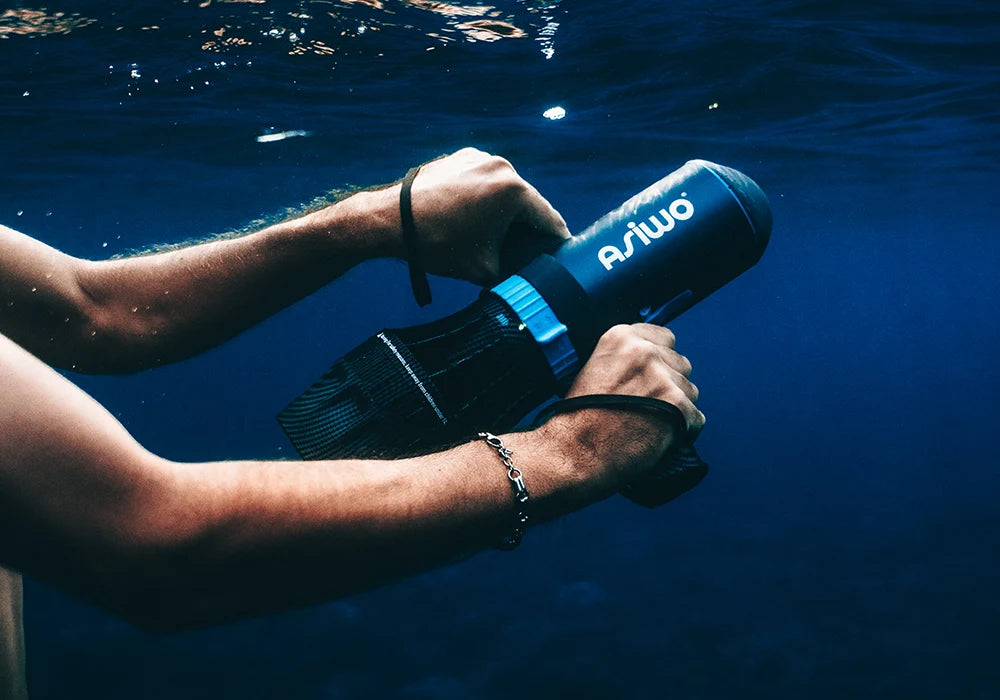
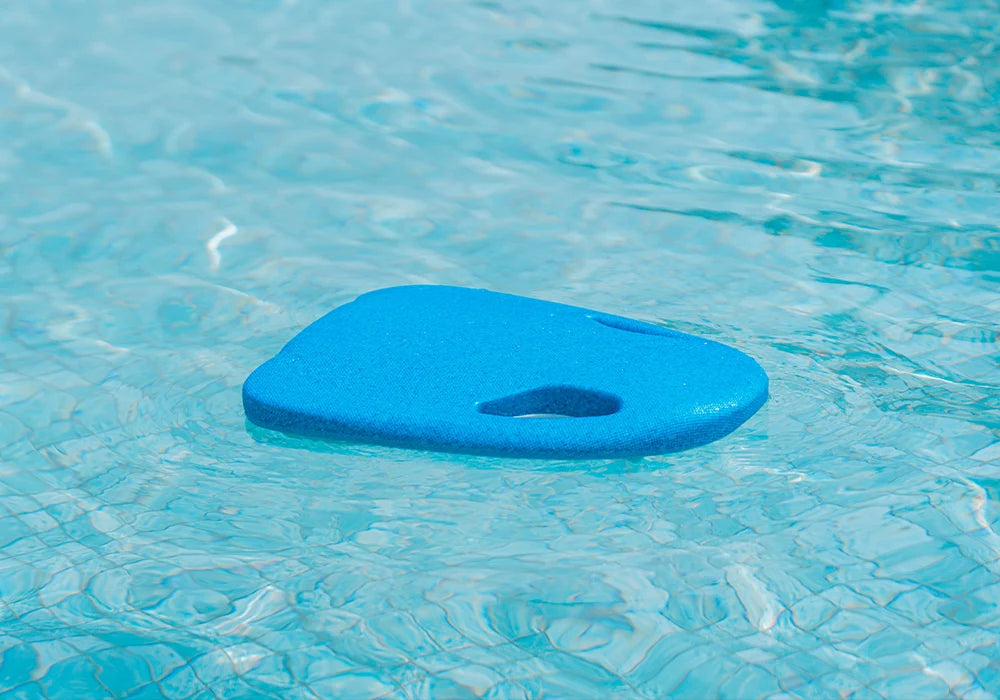
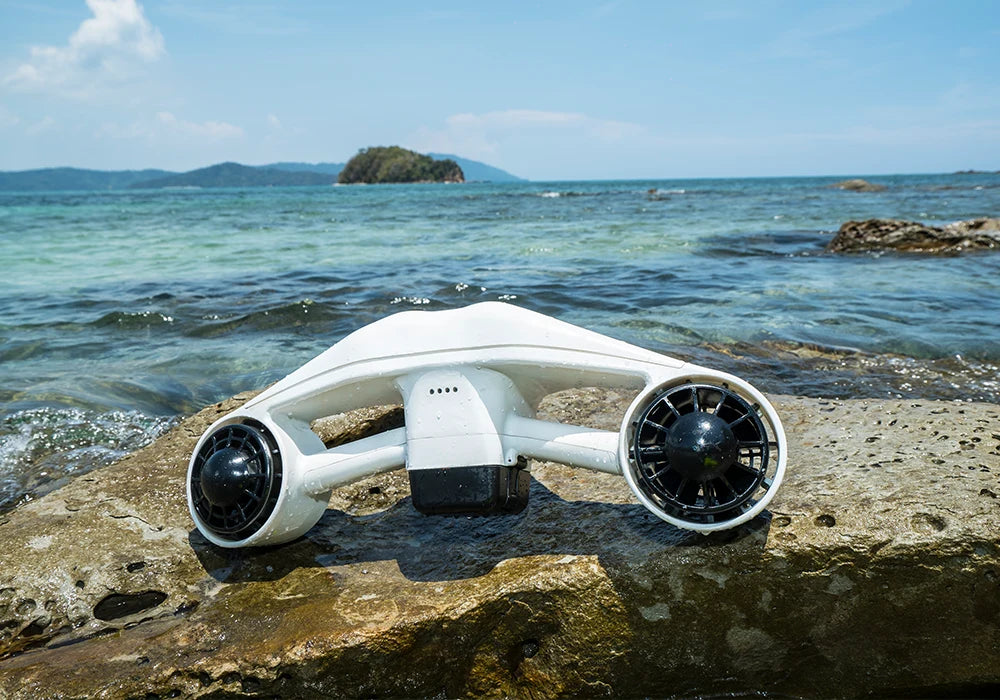
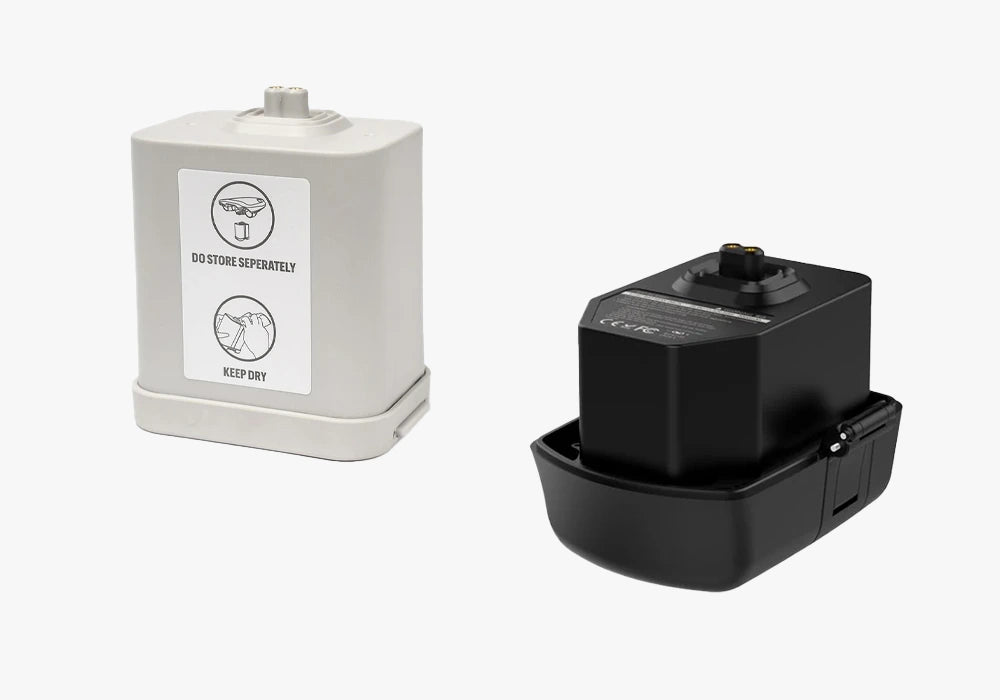





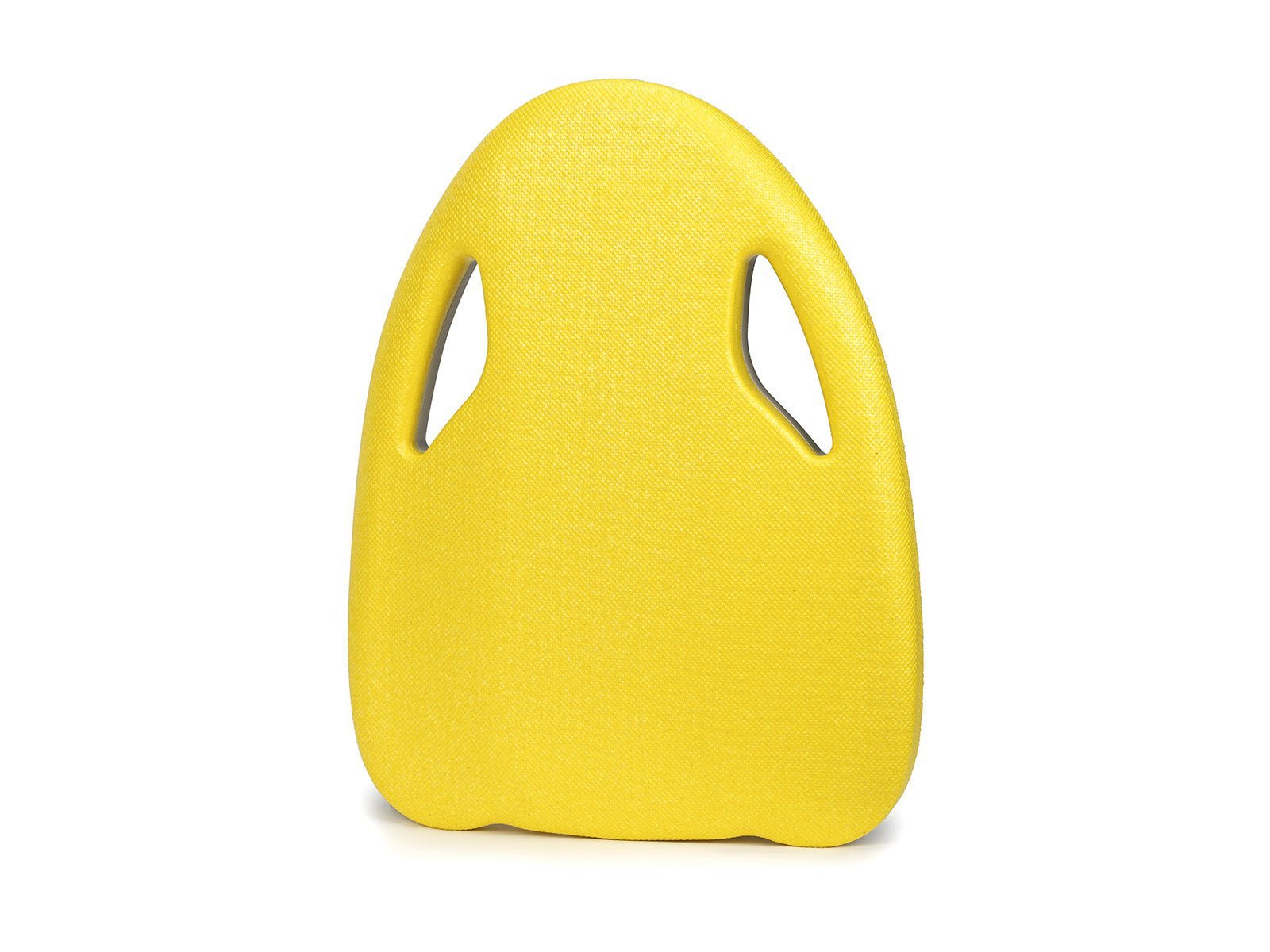
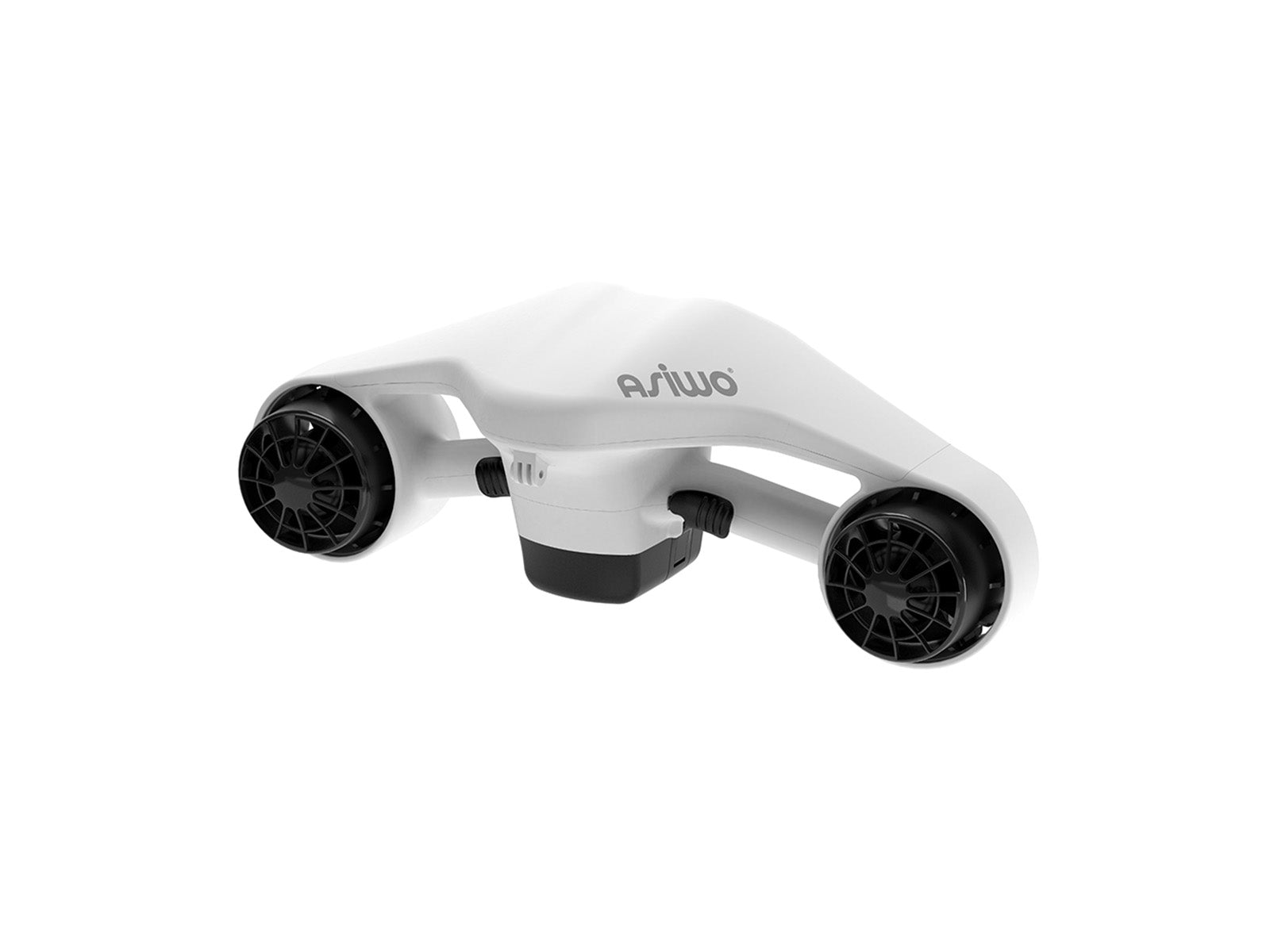
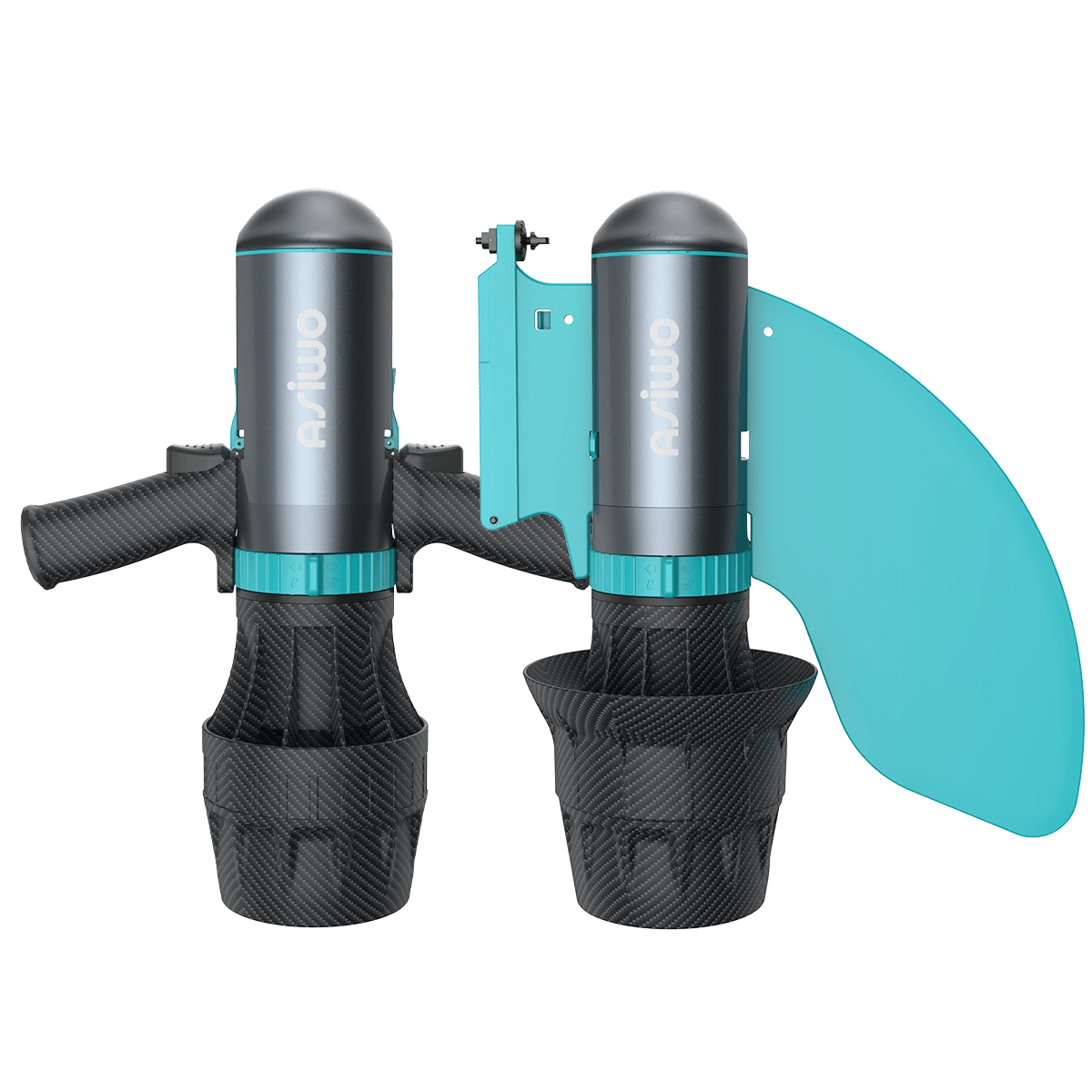

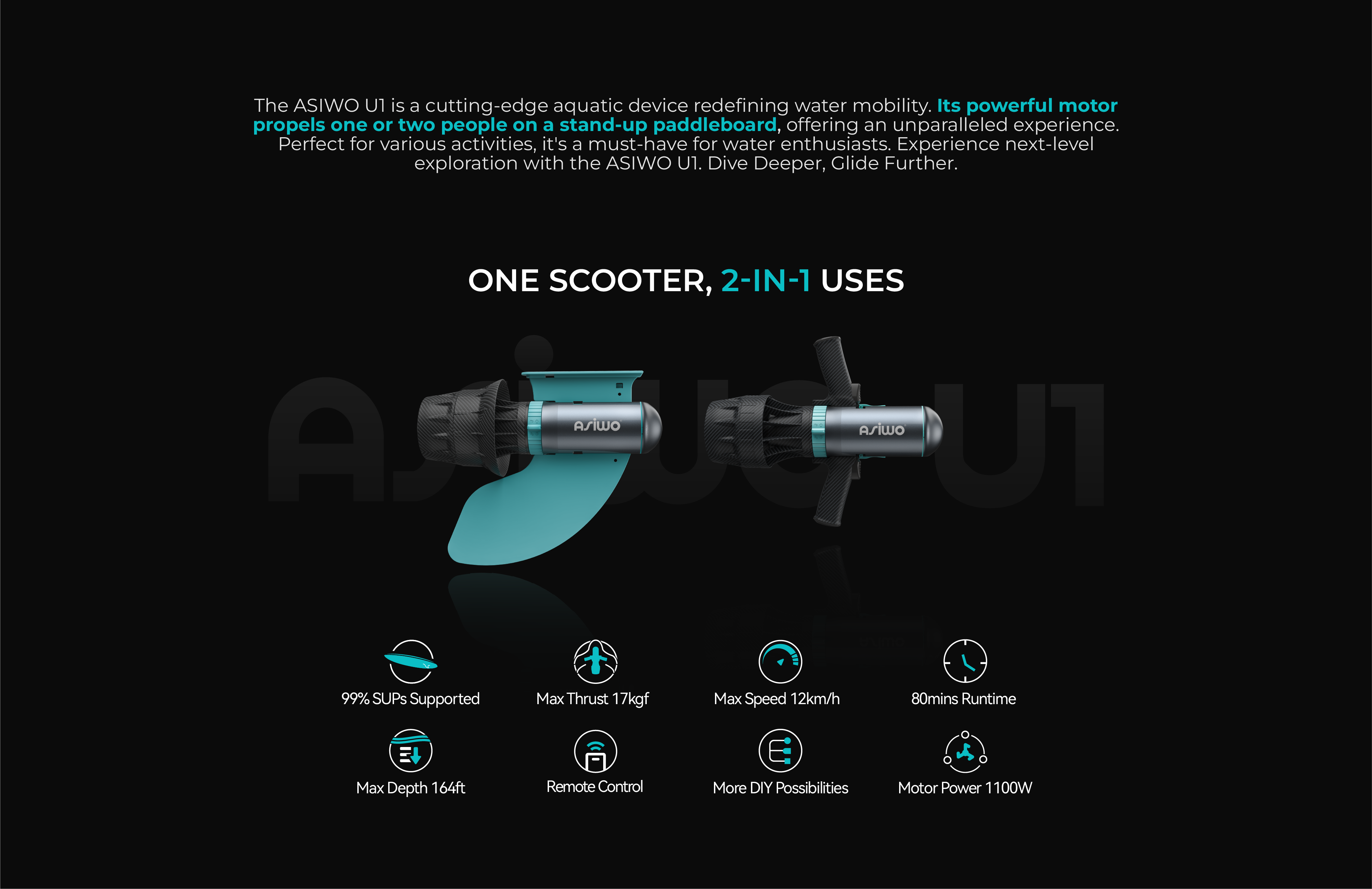
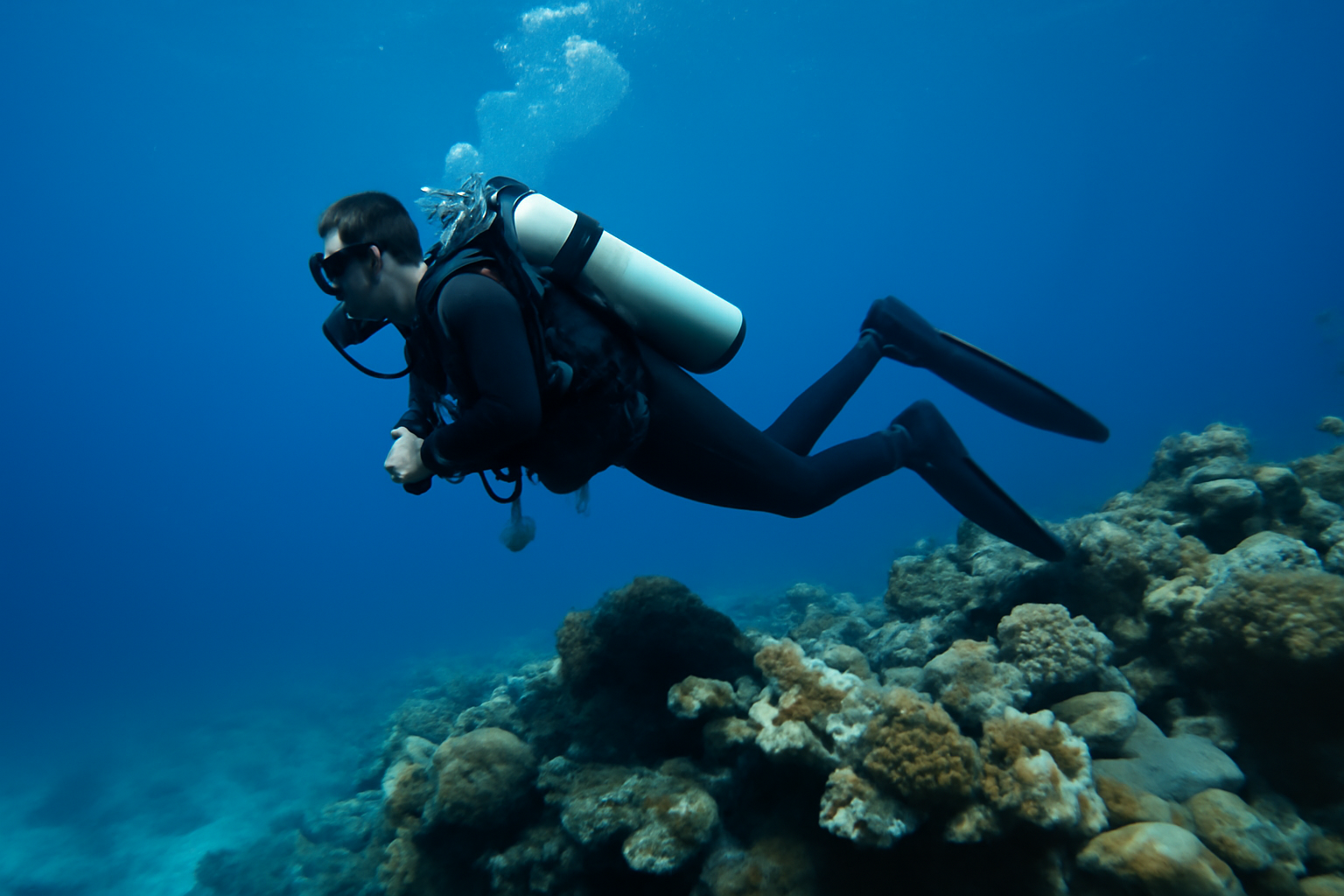
Lascia un commento